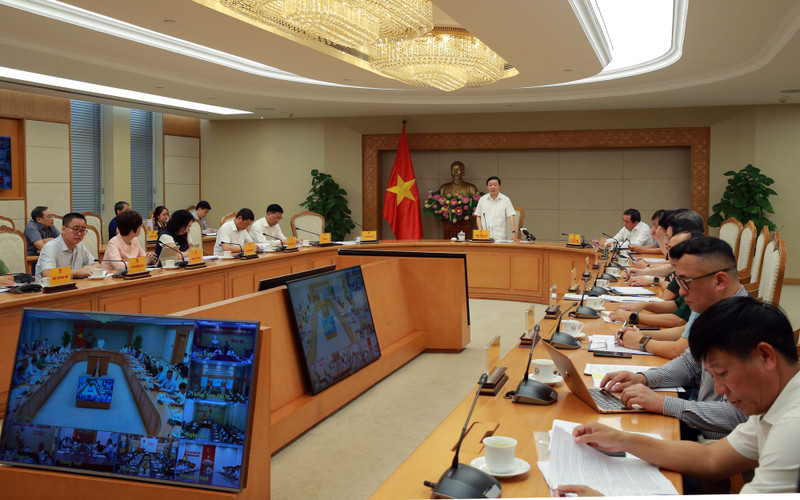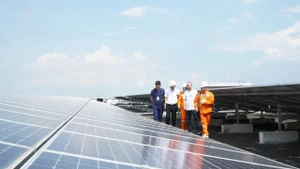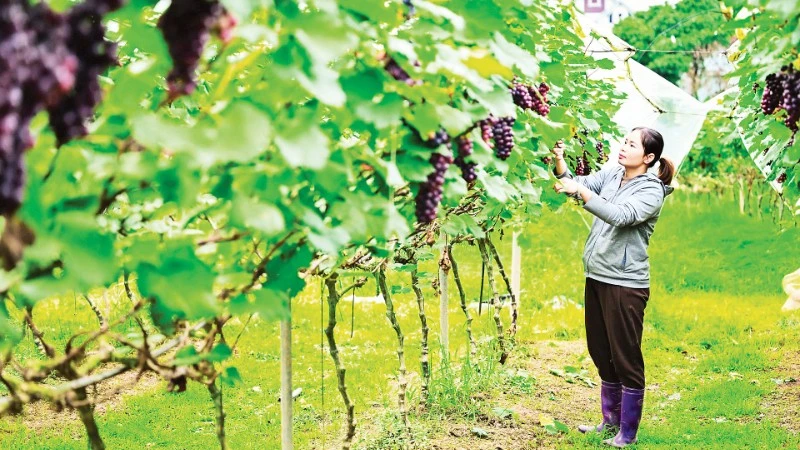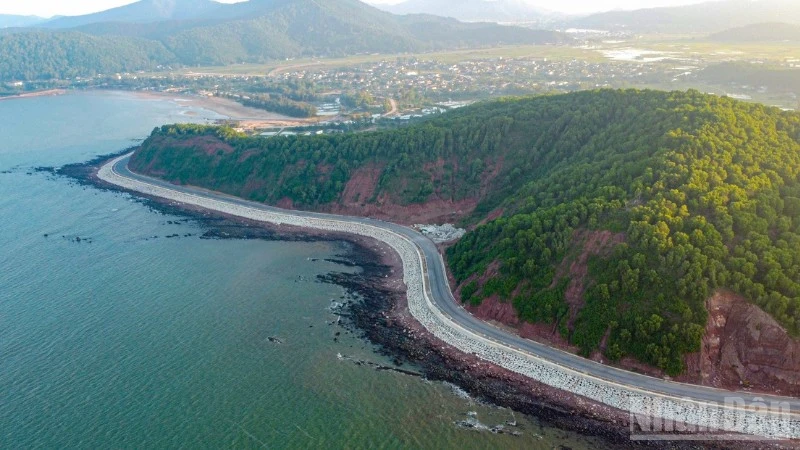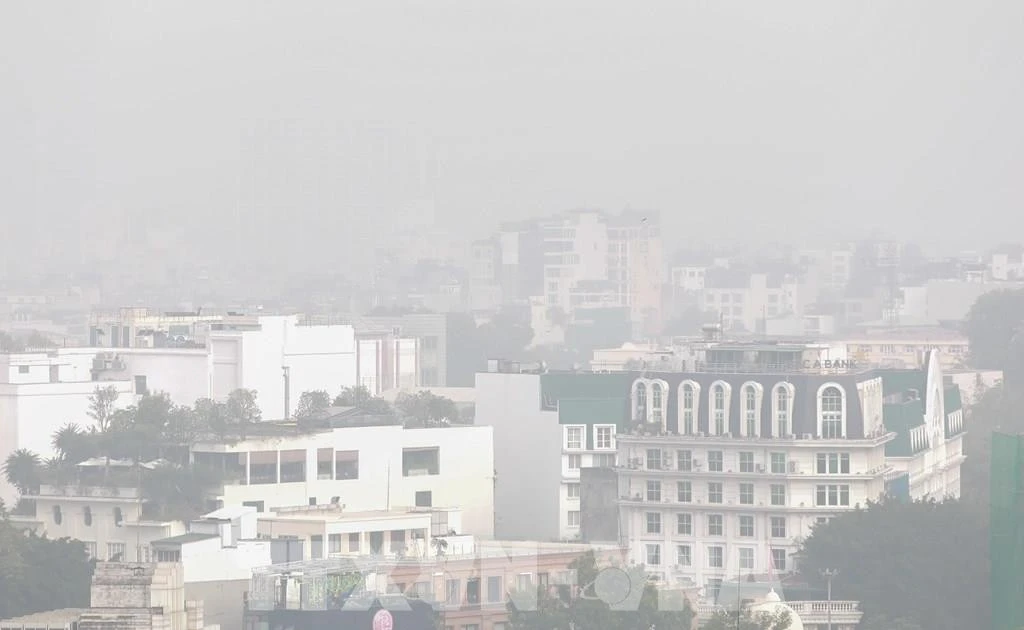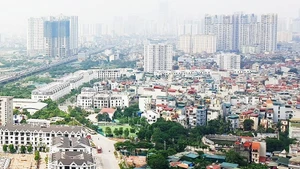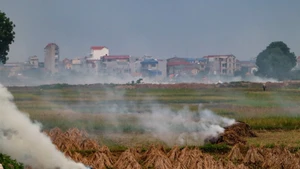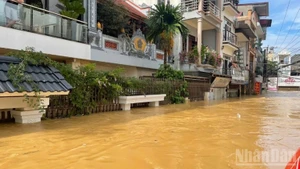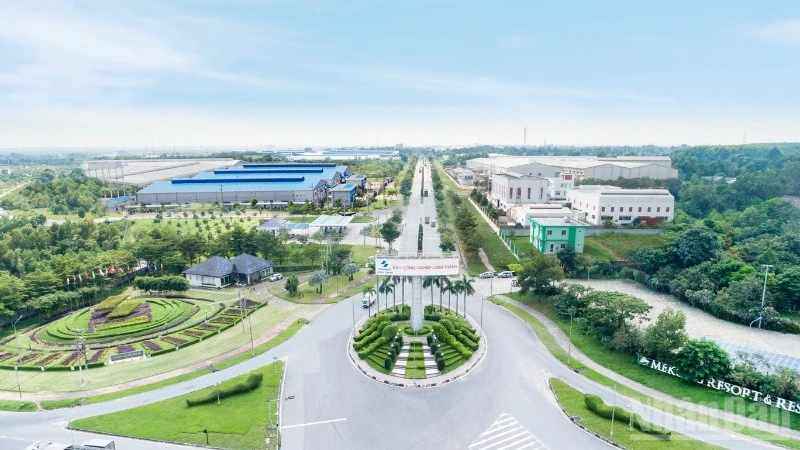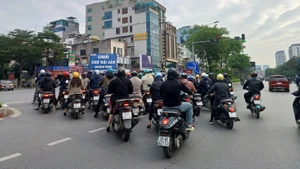Reporting on the development of the storm, the ninth arising in the East Sea so far this year, Hoang Duc Cuong, Deputy Director of the Meteorological and Hydrological Administration under the Ministry of Agriculture and Environment, said Ragasa intensified into a super typhoon on September 22 near the northeast Philippines and entered the East Sea the following day's morning. With wind speeds reaching Level 17 and gusts exceeding that, Ragasa has surpassed Hurricane Erin to become the year’s strongest storm.
Ragasa is moving fast, at 20–25km per hour. By the early afternoon of September 23, its strength had declined slightly to Level 16, with forecasts predicting continued weakening as it approaches Guangdong’s coast in China due to land friction and the influence of dry and cold air from the north.
From September 25 morning, winds are expected to gradually intensify along the coast from Quang Ninh to Thanh Hoa, with gusts reaching Level 12 near the storm’s centre. Rainfall will concentrate across the northern region, especially in Thai Nguyen, Tuyen Quang, Lao Cai, Phu Tho, and the Red River Delta, with totals of 100–250mm expected on September 25–26, and over 400mm possible in some areas—raising the risk of urban flooding and landslides in mountainous areas.
Meteorological authorities also warned of a potential new tropical depression forming by September 27 and possibly becoming Storm No. 10 in the East Sea, with a 50% chance of affecting Viet Nam.
Deputy Minister of Agriculture and Environment Nguyen Hoang Hiep called for the highest state of readiness and limiting maritime activity, especially long-haul fishing vessels. With 160,000 hectares of aquaculture under threat, early harvesting was recommended to reduce losses.
Deputy PM Ha reiterated the need for swift harvest and the protection of both aquaculture and fishermen. Meteorological services were instructed to issue early and clear warnings of tornadoes and thunderstorms, even with limited indicators. He also stressed the importance of reservoir safety.
Leaders of localities and the National Civil Defence Steering Committee’s Office affirmed their readiness to evacuate people in risky areas to safe places, and reported their vehicle and personnel preparations to respond to the storm. Deputy PM Ha emphasised the principle of maintaining maximum vigilance to any storm, regardless of its strength, and prioritising prevention with discipline and responsiveness at the core.
He praised the coordination of meteorological agencies and the proactive stance of localities.
The official instructed localities to finalise detailed response plans, institutionalise procedures, and organise drills for seamless coordination. At sea, authorities must issue timely alerts and ensure fishermen are guided to shelters. On land, aquaculture zones must be secured, assets protected, and essential supplies, electricity, fuel, and communications guaranteed. Emergency equipment such as generators must be on standby.
Finally, the Deputy PM stressed the need for accessible and image-rich forecasts to help the public understand and prepare. He also urged continued vigilance amid the likelihood of further storm developments after Ragasa.
